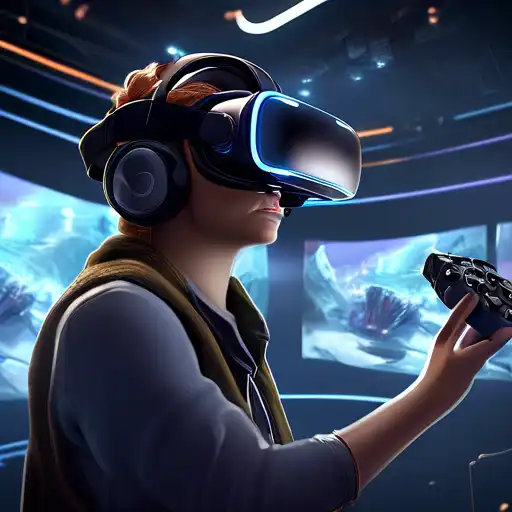Understanding the Complexities of VR Content Development
Virtual Reality (VR) has emerged as a groundbreaking technology, offering immersive experiences that were once the stuff of science fiction. However, developing content for VR presents a unique set of challenges that creators must navigate to deliver compelling and engaging experiences.
Technical Limitations and Hardware Diversity
One of the primary hurdles in VR content development is the vast array of hardware available, each with its own specifications and capabilities. Developers must ensure their content is compatible across different devices, which can be a daunting task given the rapid pace of technological advancement.
High Production Costs
Creating VR content is often more expensive than traditional media. The need for specialized equipment, software, and expertise can significantly increase production costs, making it a challenging field for independent creators and small studios.
User Experience and Motion Sickness
Designing for VR requires a deep understanding of user experience (UX) principles to avoid common issues like motion sickness. Ensuring that movements within the virtual environment feel natural and comfortable is crucial for user retention.
Content Length and Engagement
Unlike traditional media, VR experiences can be intense and immersive, leading to shorter optimal content lengths. Creators must find innovative ways to maintain engagement without overwhelming the user.
Strategies for Overcoming VR Development Challenges
Despite these challenges, there are strategies that developers can employ to create successful VR content. Focusing on user-centric design, leveraging cross-platform development tools, and prioritizing accessibility can help mitigate some of the common obstacles.
Embracing Cross-Platform Development Tools
Utilizing development platforms that support multiple VR headsets can reduce compatibility issues and streamline the production process. This approach allows creators to reach a wider audience with less effort.
Investing in User Research
Understanding the target audience's preferences and limitations is essential for creating engaging VR content. Conducting thorough user research can inform design decisions and improve the overall experience.
Optimizing for Performance
Performance optimization is critical in VR development to ensure smooth and responsive experiences. Techniques such as reducing polygon counts and optimizing textures can help maintain high frame rates across devices.
Developing VR content is a complex but rewarding endeavor. By addressing the challenges head-on and adopting innovative solutions, creators can unlock the full potential of virtual reality to deliver unforgettable experiences.
For more insights into the world of digital media, explore our technology section.
